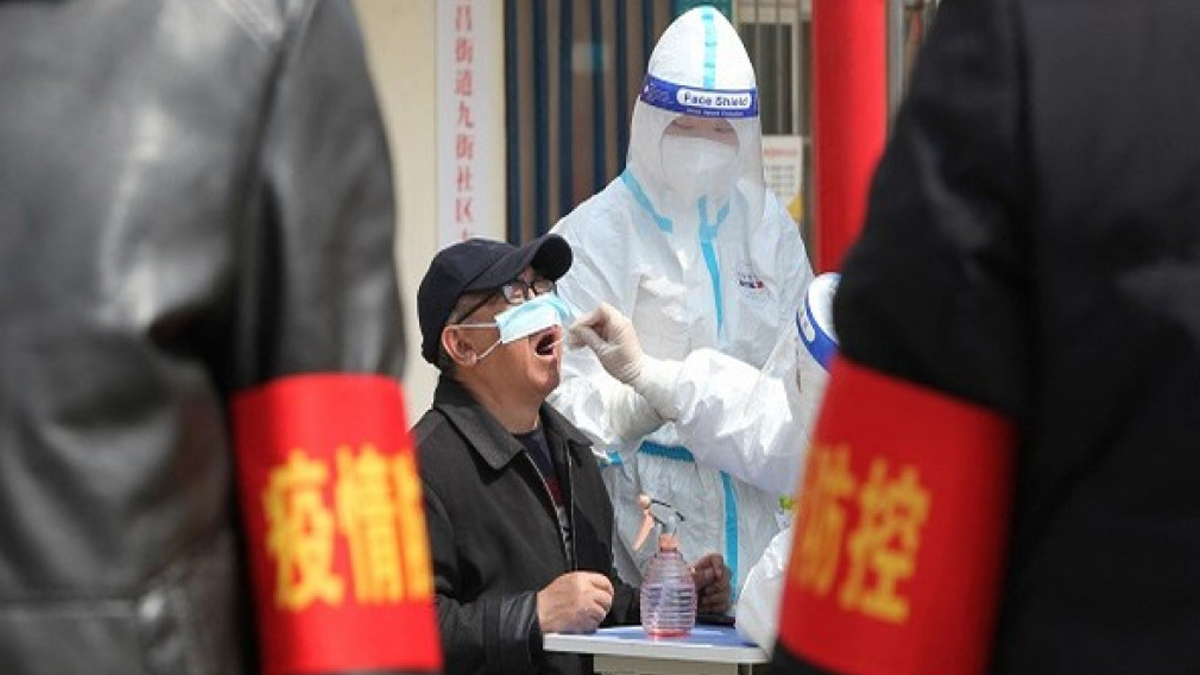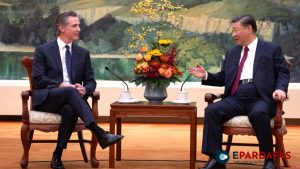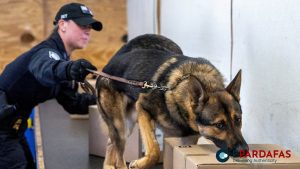
Scientists Narrow List of Animals Possibly Linked to COVID-19 Origins

Researchers searching for the origins of COVID-19 have identified a small group of animals that may have played a key role in transmitting the virus to humans. This effort is part of a larger quest to trace the pandemic’s outbreak back to its source, a step that could help prevent future pandemics.
A team of scientists from Europe, the U.S., and Australia analyzed genetic material from the Huanan Seafood Market in Wuhan, China, where the first known outbreak of COVID-19 was detected. The analysis pinpointed raccoon dogs, civet cats, and bamboo rats as the most likely animals to have spread the virus to humans. The researchers suspect that these animals were first brought to the market in late November 2019, which then triggered the global pandemic.
One of the study’s authors, Michael Worobey, an evolutionary biologist at the University of Arizona, said the research provides insight into specific sub-populations of animals that might have been responsible for transmitting the virus. This could allow scientists to track where the virus circulates in nature, known as its natural reservoir.
“For example, with the raccoon dogs, we can show that the raccoon dogs that were [at the market] were from a sub-species that circulates more in southern parts of China,” Worobey explained. This information could guide researchers to areas where infected animals were originally sourced and possibly sold.
The findings add to the evidence supporting the theory that COVID-19 originated from animals, though they don’t conclusively settle the debate. Some scientists and political figures continue to argue that the virus might have escaped from a laboratory in Wuhan—a theory that has sparked fierce international debates and polarized discussions about the pandemic’s true origins.
Mark Woolhouse, a professor of infectious diseases at the University of Edinburgh, noted that the genetic analysis suggested that the virus had “its evolutionary roots in the market” and that it was unlikely COVID-19 was infecting people prior to the virus being identified at the Huanan market.
“It’s a significant finding, and this does shift the dial more in favor of an animal origin,” Woolhouse said. “But it is not conclusive.”
The World Health Organization (WHO) led an expert investigation into the origins of COVID-19 in 2021, concluding that the virus likely spread to humans from animals, and that a lab leak was “extremely unlikely.” However, WHO Director-General Tedros Adhanom Ghebreyesus later stated that it was premature to completely rule out a laboratory leak, adding fuel to ongoing debates.
An AP investigation earlier this year revealed that efforts to uncover the origins of the virus in China have largely stalled, plagued by political tensions and missed opportunities by both local and global health authorities.
In the latest study, published in the journal Cell, scientists analyzed over 800 samples of genetic material collected from the Huanan seafood market on January 1, 2020, one day after authorities in Wuhan raised the alarm about a mysterious respiratory virus. These samples were initially collected by Chinese health officials and made available for analysis by the Chinese Center for Disease Control and Prevention.
While Chinese researchers had published the genetic sequences they found last year, they did not identify which animals may have been infected with the coronavirus. This new analysis used an advanced technique that identifies organisms in a mixture of genetic material collected from the environment, allowing the researchers to draw new connections.
Worobey emphasized that the data offers “a snapshot of what was [at the market] before the pandemic began,” adding that such analyses help “fill in the blanks of how the virus might have first started spreading.”
However, critical questions remain unanswered. Woolhouse noted that while the new study provides further evidence that COVID-19 was circulating at the market, it still doesn’t explain how the virus first arrived there.
“There is no question COVID was circulating at that market, which was full of animals,” Woolhouse said. “The question that still remains is how it got there in the first place.”
Despite the progress, scientists caution that they may never definitively know where COVID-19 came from, but this new research brings them closer to uncovering the mystery behind the virus that changed the world.












Comments